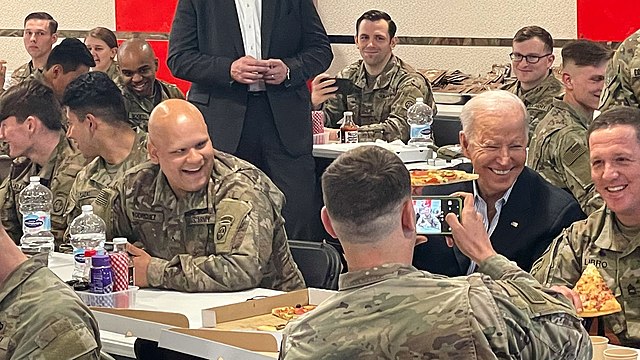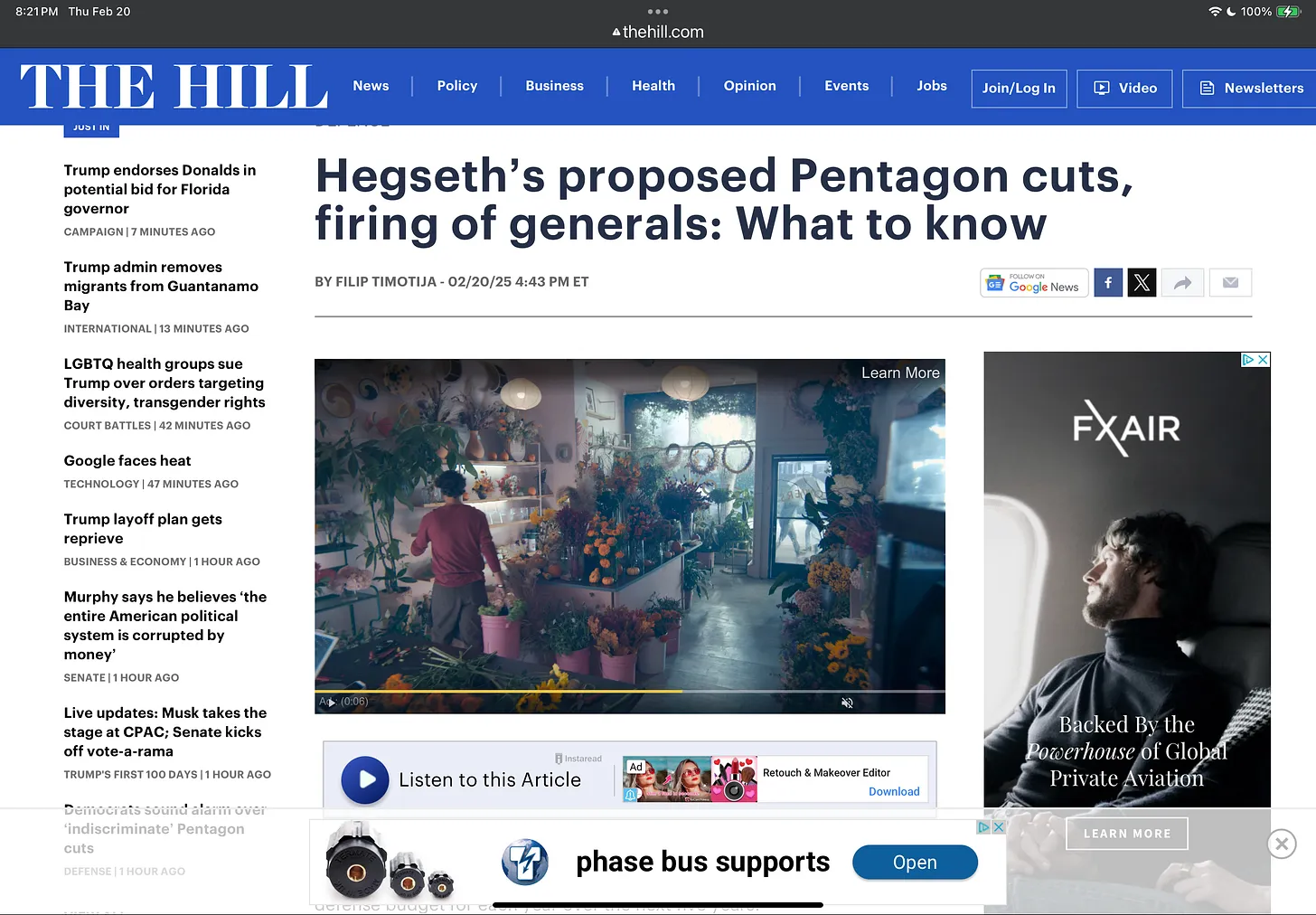In oral argument in a case before the Supreme Court, Students for Fair Admissions v. University of North Carolina, Solicitor General Elizabeth Prelogar argued that “it is a critical national security imperative to attain diversity with the officer corps,” and “it’s not possible to achieve that diversity without race-conscious admissions, including in our nation’s service academies.”
Prelogar has never worn a military uniform, and she hardly offered any evidence to support her assertion. Instead, she relied upon the opinions of a collection of retired officers who, also without evidence, asserted the same imperative in an amicus brief they filed for the case.
They’re wrong. The racial composition of our military forces is irrelevant to the object of war: the violent imposition of our will on the enemy. Consequently, our military academies should base their admissions decisions only on factors that would best pursue that mission.
If racial diversity in our officer corps was a “national-security imperative,” then the services — who continually evaluate military effectiveness and have the greatest interest in maximizing it — would at least track racial makeup in their mandatory assessments of unit combat readiness. But this has never been part of their assessments. One might argue that diversity of perspectives and ways of thinking is advantageous in warfare, but this is unconnected to race and ethnicity. Skin color doesn’t determine viewpoint.
Army Regulation 220-1, which establishes the official requirements and formal processes of determining and reporting the readiness of Army units to perform their wartime missions, requires unit commanders to measure four dimensions: personnel, equipment on hand, the serviceability of that equipment, and the unit’s collective training proficiency. Metrics within personnel evaluation include total deployable personnel strength, assigned military-occupational-specialty-skills match, and the deployable senior-grade composite level. Racial makeup is mentioned nowhere as a factor that might affect military performance.
During my 32 years in an Army uniform, having commanded combat units at home and on the battlefield, never once did the Army require me to report the racial composition of my unit or assess race as a possible component of my units’ ability to accurately fire bullets. In my final assignment as deputy director of operations for Army headquarters, our organization briefed the vice chief of staff of the Army on the monthly readiness reports of every soon-to-deploy combat brigade in our service. We scrutinized the statuses of scores of brigades and not once did we include racial composition as a component of combat readiness.
Our nation’s service academies shouldn’t resort to racial preference in their admissions processes for purely political or ideological reasons that are irrelevant to the military’s operational excellence.
The purpose of war is to break the enemy’s will to fight, and the means to do so is violence, not virtue-signaling. Let’s get back to selecting future combat leaders on the basis of their relevant qualifications. If we don’t, future wars will sort this out for us. The battlefield, after all, is an equal-opportunity employer.
Read the full piece at the National Review here.

























